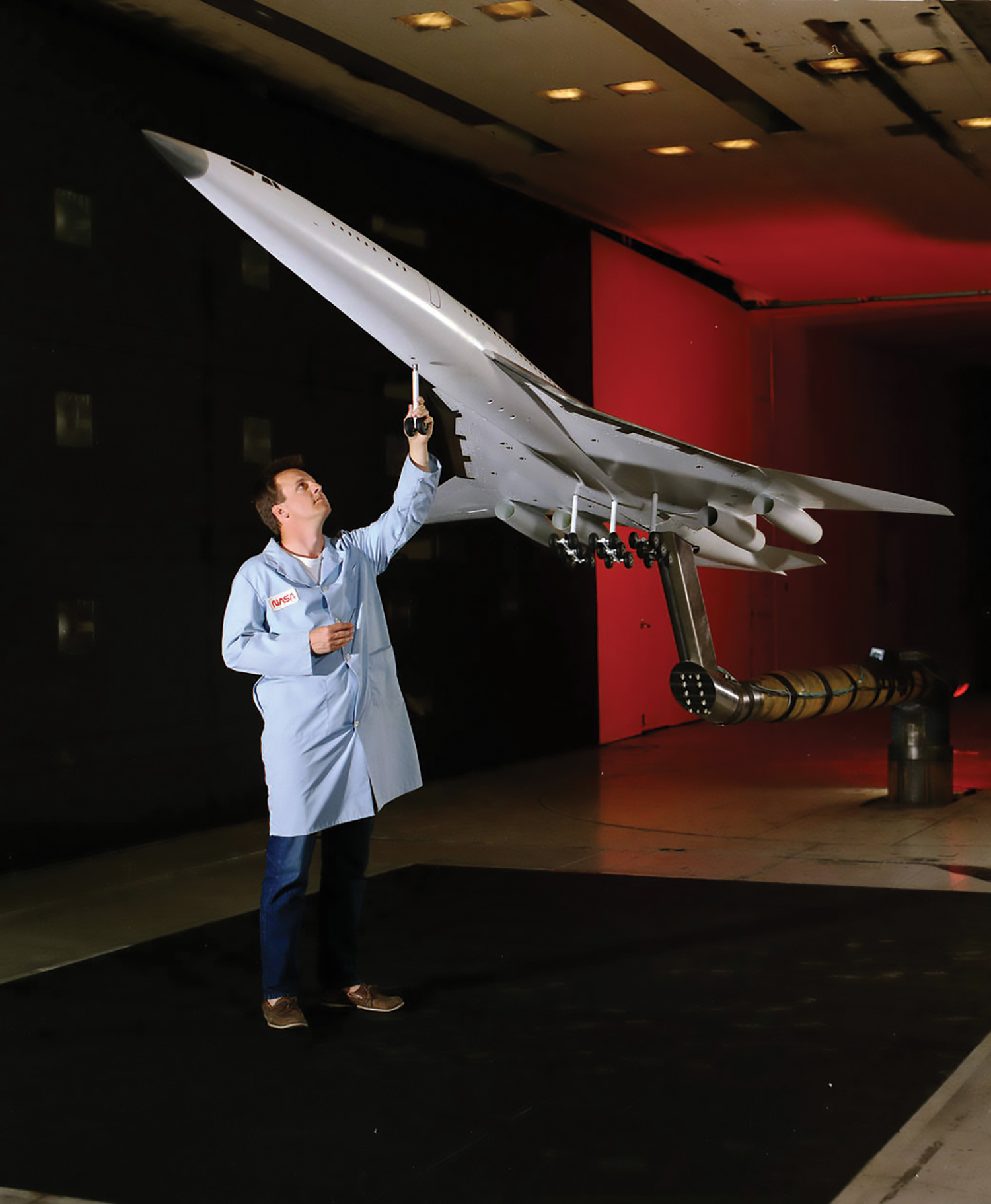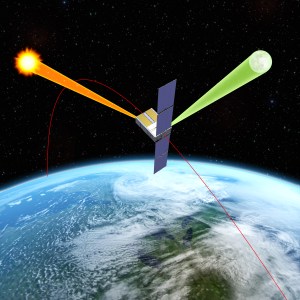A material that a NASA scientist stumbled on in the early 1990s has helped to keep hundreds of thousands of hearts beating properly all over the world.
The material is a polymer known by the not-so-catchy moniker LaRC-SI – short for Langley Research Center-Soluble Imide. And it has made it possible to implant pacemakers in some of the trickiest cases of congestive heart failure.
But that success was anything but inevitable. It started with an attempt to build a supersonic passenger jet. Robert Bryant, a researcher at NASA’s Langley Research Center in Hampton, Virginia, was looking for advanced composites and adhesives.
He hit on a combination of ingredients that produced a polyimide — a class of highly durable materials that make great electrical insulators, among other properties — that behaved unusually.
“I thought there were a lot of applications besides high-speed aeronautics,” Bryant says, so he helped Langley patent the formula and production process.
Finding a Hit
Bryant continued researching, testing and building with LaRC-SI, and then he took his prototypes on the road to try to interest industry in his new material.
“I had no idea what would be the first hit on this particular product. I just knew I had to get it out into the marketplace,” Bryant recalls.
By the early 2000s, LaRC-SI was starting to find applications, but it wasn’t until 2004 that the medical industry took note. Minneapolis-based Medtronic got a license from Langley to use LaRC-SI in its products and eventually brought Bryant on as a consultant as well.
He and the company spent years developing a process to use the material as a coating and electric insulator for key components in Medtronic’s pacemakers. The technology began clinical trials in 2007 and received Food and Drug Administration approval in 2009.
Beating Hearts
Traditional pacemakers address a slow heartbeat by delivering a tiny electrical charge to the heart’s right side. However, about 40% of patients with congestive heart failure or cardiomyopathy — enlarged, thick or rigid heart tissue — lack coordination between the left and right ventricles, which are supposed to contract simultaneously. This significantly reduces pumping efficiency and isn’t addressed by a regular pacemaker.
Cardiac resynchronization therapy addresses this problem by running an electrical lead, or wire, to the left ventricle. However, “some patients have tortuous anatomies, making it difficult to get the lead into the right spot,” explains Dr. David Steinhaus, vice president and general manager of the heart failure business unit at Medtronic. “The LaRC-SI material allows the lead design to be very small and simple, yet highly flexible and reliable for navigating the left heart.”
As a result, Steinhaus says, the company’s left ventricular leads are some of the safest on the market. LaRC-SI is also easier to process and apply than other polyimides, which can require multiple steps, harsh chemicals and high temperatures, he says. “Once the material is cured, it’s very durable, stable and chemically resistant.”
Persistence — and a Little Luck
Medtronic’s left ventricular leads, now in several models, have been implanted in hundreds of thousands of people. Steinhaus says the company may incorporate the material into other devices.
Bryant couldn’t be more pleased to know he was able to get his discovery to a place where it is saving lives. “People are always under the impression that if you build a better mouse trap, people will run to your door. This is a fallacy that even people who should know better tend to believe.” Instead, he says, the tale of LaRC-SI’s long journey from a NASA aeronautics laboratory to the operating room is one of persistence, building relationships and a little luck.
NASA’s brand recognition didn’t hurt either. “If I had developed it in my garage, there’s a distinct possibility that it wouldn’t see the light of day,” says Bryant. “Coming from the space agency certainly helped.”
NASA has a long history of transferring technology to the private sector, with more than 2,000 technologies profiled in its Spinoff publication since 1976 that have led to tangible everyday benefits and improved the lives of Americans. Spinoff demonstrates the wider benefits of America’s investment in its space program and is a publication of the Technology Transfer program within NASA’s Space Technology Mission Directorate.
To learn more about this NASA spinoff, read the original article from Spinoff 2019.
For more information on how NASA is bringing its technology down to Earth, visit:
Mike DiCicco
Goddard Space Flight Center, Greenbelt, Md.































